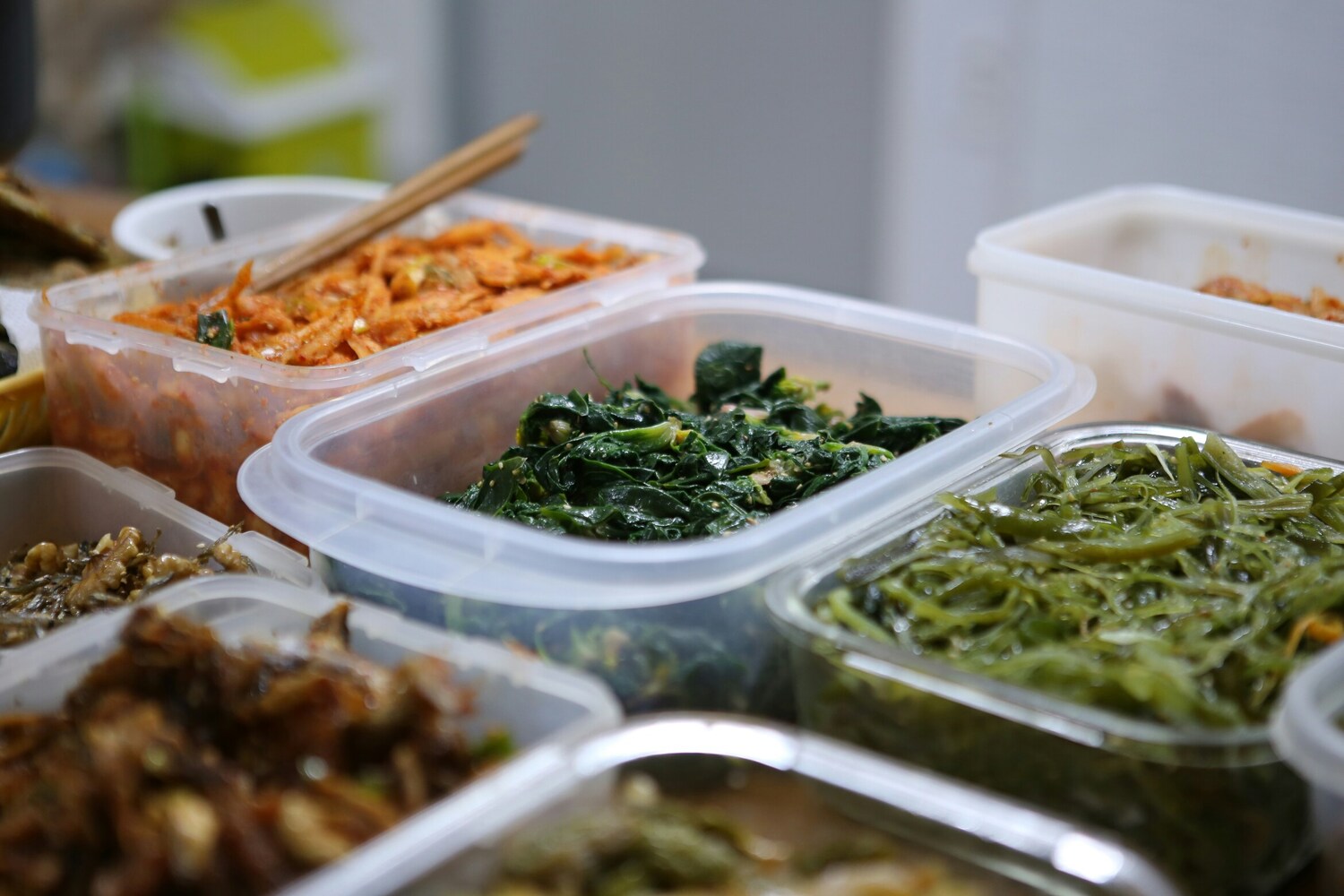Chef Austin Kang, a Los Angeles native, presented his Korean-American-Mexican fusion dish to Ahn Sung-jae, the preeminent judge on the recently-concluded Netflix show, Culinary Class Wars. Chef Kang chose to name his creation, My LALALAND Soul Dish, a layered plate of food that consisted of kalbi braised in Mexican spices, gochujang aioli, perilla leaf pesto, and pico de gallo.
“I guess, this dish is, 나 (me).” Kang’s uneasy Konglish sputtered out of his mouth through slumped shoulders and a shaky voice, awaiting Ahn’s judgment.
Ahn Sung-jae, the only Korean chef to have received three Michelin stars, surveyed the plate of food on the judging table, took one thoughtful and deliberate bite, and responded to Kang with striking critique.
“I don’t think mashing a bunch of ingredients together gives a dish a distinct identity…Over time, the Mexican and the Korean influence will naturally blend into your food. But if you go, ‘I’ll throw this in and throw that in,’ you just get…some bullsh-t comes out.”
This critique is as enlightening as it is sobering.
In many ways, my actions are “dishes” that tell the story of who I am as a Korean American and when I take an identity-inventory of my life, I fear Chef Ahn’s words have been prophetic.
One of the more definitive memories from my childhood occurred the night before my first day of school. I must have been around four or five years old. My father sat me down and told me, “You are an American. To survive in this country, you must learn English, you must speak English. No more Korean.” Though I attempted to live according to this mantra, American society has consistently and painfully reminded me of its absurdity. I am not American. This is not my home.
The result is a restlessness caused by an ever-shifting sense of home, and in an attempt to alleviate it, a lot of BS has come out.
Evidence of misguided mishmash has seeped out of every dish I’ve presented as a pastor, father, and husband. Whether it’s leading a new ministry initiative or deciding how to discipline my children, I vacillate between the vagrancy of two cultures. My choices are often a jumbled mixture of instinct and impulse, wanting to please everyone while harboring a grumbling fear that I am never truly helping anyone.
Chef Edward Lee, another Korean American chef-contestant on the show, puts words to our experiences when he confessed that he struggled with his Korean heritage and identity. “Gosaeng mani haesayo (I endured much suffering/hardship/pain).” The struggle is enunciated through broken Korean in a scene that caused a lump in the throats of every Korean American watching the show.
I am not American. This is not my home.
Thus for the culturally homeless, where is our move toward grace?
The late Anthony Bourdain—who single handedly put food blogging on the pop-culture map—correctly ascertained that, “food, culture, people, and landscape are all absolutely inseparable.”
For many of us, food is not only our main connection to our homeland, it’s our only connection. Knowingly or not, food is also directly tied to our faith. It’s one of the main reasons we talk about Korean food, even while eating at an American restaurant, especially while eating at an American restaurant. It’s why we crave some sort of gukbap (soup and rice) after spending a few days away at a conference. I cannot imagine heaven’s banquet table without gosari (a fernbrake side dish) and dotori-muk (marinated acorn jelly).
There is a Korean term called “손맛/son-mat” or hand-taste. It adds a distinct relational component to the flavor palate. Son-mat describes a way of instinctively knowing whether or not the food has been made with love and care. It’s an alchemy of love that is transmuted from chef to patron, from grandma to child. I can literally taste the cook’s son-mat in this.
For our community, the grace of God is best tasted when we recognize that it comes to us as divine son-mat.
My mother was not the greatest cook in the world. It took me a long time to admit it because, well, she’s my mom and everything she made tasted amazing to me. Nostalgically, the best bites were when I would be watching tv in the living room and march over to the kitchen table during commercial breaks—where she would scoop a spoonful of steaming rice that’s been mixed with cold water, place a piece of fermented vegetable banchan on top, and spoon-feed it to me. Little by little, bite by bite, patiently and lovingly, she would sit at the dinner table and feed me over the course of four episodes of television. Though the simplest of all dishes, her son-mat was palpable.
Much has been made about God as our heavenly Father, but this is a representation of our Lord correctly taking on a maternal quality, especially in our households. For Korean Americans, grace is palpable when we get a bite of the son-mat of God. These are the moments when we—vagabonds and sojourners—come to the table, recognize God sitting there in his infinite love and patience, and we say “ah”, and receive a spoonful of spiritual grace.
This is home. This might be the only true home we will ever know and the challenge for us is to declare it worthy, and in the most confusing of times, to cling to its worthiness with all our might.
Though we may corporately receive grace through the tangible elements of bread and wine, our move toward grace is culturally cemented through the equally tangible elements of rice porridge and banchan. By the grace of God, we are a people who have learned to cook without ever learning a recipe, but through our gosaeng and our continual bites of God’s grace, we find communion with Christ and our only sense of permanence in this life.
This article was first published at KALIPCA.org and has been edited and republished here with the author’s permission.
Photo Credit: Kim Deachul

